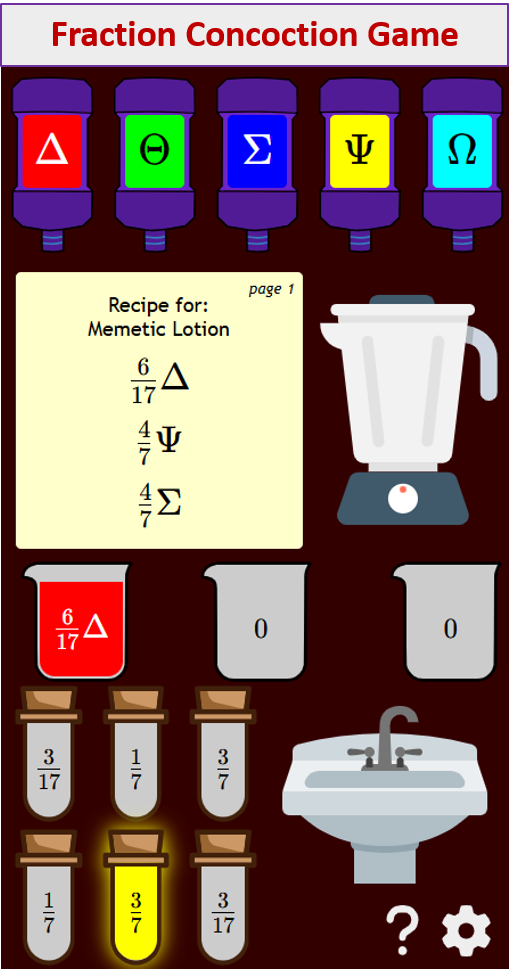Successive Differences in Polynomials
Related Topics:
Lesson Plans and Worksheets for Algebra II
Lesson Plans and Worksheets for all Grades
More Lessons for Algebra
Common Core For Algebra
Successive Differences in Polynomials
Student Outcomes
- Students write explicit polynomial expressions for sequences by investigating successive differences of those sequences.
New York State Common Core Math Algebra II, Module 1, Lesson 1
Classwork
Opening Exercise
John noticed patterns in the arrangement of numbers in the table below.
Assuming that the pattern would continue, he used it to find the value of 7.42. Explain how he used the pattern to find 7.42, and then use the pattern to find 8. 42.
How would you label each row of numbers in the table?
Discussion
Let the sequence {𝑎0, 𝑎1, 𝑎2, 𝑎3, … } be generated by evaluating a polynomial expression at the values 0, 1, 2, 3, … The numbers found by evaluating 𝑎1 − 𝑎0, 𝑎2 −𝑎1, 𝑎3 − 𝑎2, … form a new sequence, which we will call the first differences of the polynomial. The differences between successive terms of the first differences sequence are called the second differences, and so on.
Example 1
What is the sequence of first differences for the linear polynomial given by 𝑎𝑥 + 𝑏, where 𝑎 and 𝑏 are constant
coefficients?
What is the sequence of second differences for 𝑎𝑥 + 𝑏?
Example 2
Find the first, second, and third differences of the polynomial 𝑎𝑥2 + 𝑏𝑥 + 𝑐 by filling in the blanks in the following table
Example 3
Find the second, third, and fourth differences of the polynomial 𝑎𝑥3 + 𝑏𝑥2 + 𝑐𝑥 + 𝑑 by filling in the blanks in the following table.
Example 4
What type of relationship does the set of ordered pairs (𝑥, 𝑦) satisfy? How do you know? Fill in the blanks in the table below to help you decide. (The first differences have already been computed for you.)
Find the equation of the form 𝑦 = 𝑎𝑥3 + 𝑏𝑥2 + 𝑐𝑥 + 𝑑 that all ordered pairs (𝑥, 𝑦) above satisfy. Give evidence that your equation is correct.
Relevant Vocabulary
- NUMERICAL SYMBOL: A numerical symbol is a symbol that represents a specific number. Examples: 1, 2, 3, 4, 𝜋,−3.2.
- VARIABLE SYMBOL: A variable symbol is a symbol that is a placeholder for a number from a specified set of numbers. The set of numbers is called the domain of the variable. Examples: 𝑥, 𝑦, 𝑧.
- ALGEBRAIC EXPRESSION: An algebraic expression is either
- a numerical symbol or a variable symbol or
- the result of placing previously generated algebraic expressions into the two blanks of one of the four operators
(()+(), ()−(), ()×(), ()÷()) or into the base blank of an exponentiation with an exponent that is a
rational number.
Following the definition above, (((𝑥) × (𝑥)) × (𝑥))+ ((3) × (𝑥)) is an algebraic expression, but it is generally written more simply as 𝑥3 + 3𝑥.
- NUMERICAL EXPRESSION: A numerical expression is an algebraic expression that contains only numerical symbols (no variable symbols) that evaluates to a single number. Example: The numerical expression (3⋅2)2/12 evaluates to 3.
- MONOMIAL: A monomial is an algebraic expression generated using only the multiplication operator (×). The expressions 𝑥3 and 3𝑥 are both monomials.
- BINOMIAL: A binomial is the sum of two monomials. The expression 𝑥3 + 3𝑥 is a binomial.
- POLYNOMIAL EXPRESSION: A polynomial expression is a monomial or sum of two or more monomials.
- SEQUENCE: A sequence can be thought of as an ordered list of elements. The elements of the list are called the terms of the sequence.
- ARITHMETIC SEQUENCE: A sequence is called arithmetic if there is a real number 𝑑 such that each term in the sequence is the sum of the previous term and 𝑑.
Try out our new and fun Fraction Concoction Game.
Add and subtract fractions to make exciting fraction concoctions following a recipe. There are four levels of difficulty: Easy, medium, hard and insane. Practice the basics of fraction addition and subtraction or challenge yourself with the insane level.

We welcome your feedback, comments and questions about this site or page. Please submit your feedback or enquiries via our Feedback page.